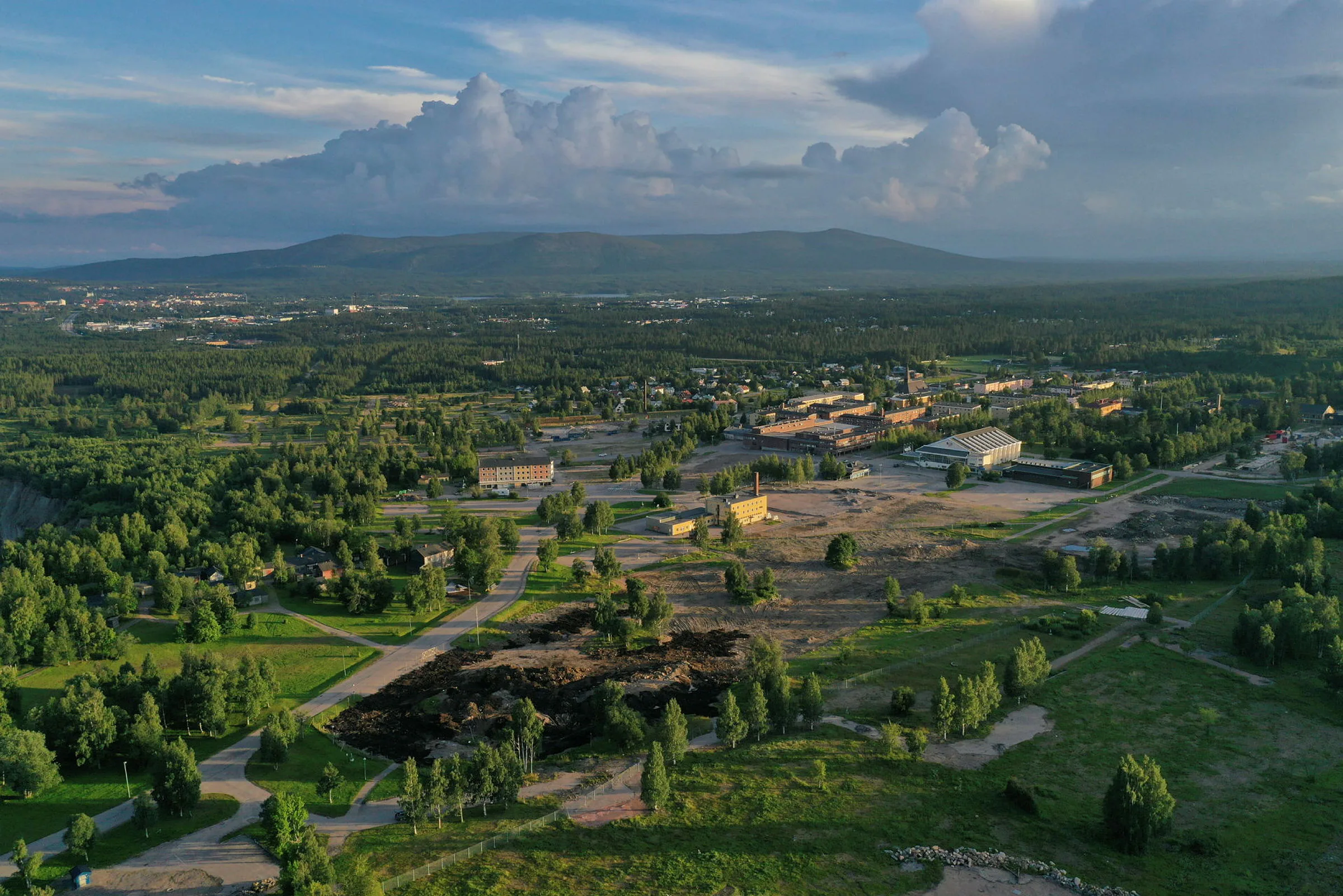
In Malmberget, urban transformation is nothing new – the mine's need of land has affected the town for over 50 years – but now most of the town will be demolished or, in some cases, moved.
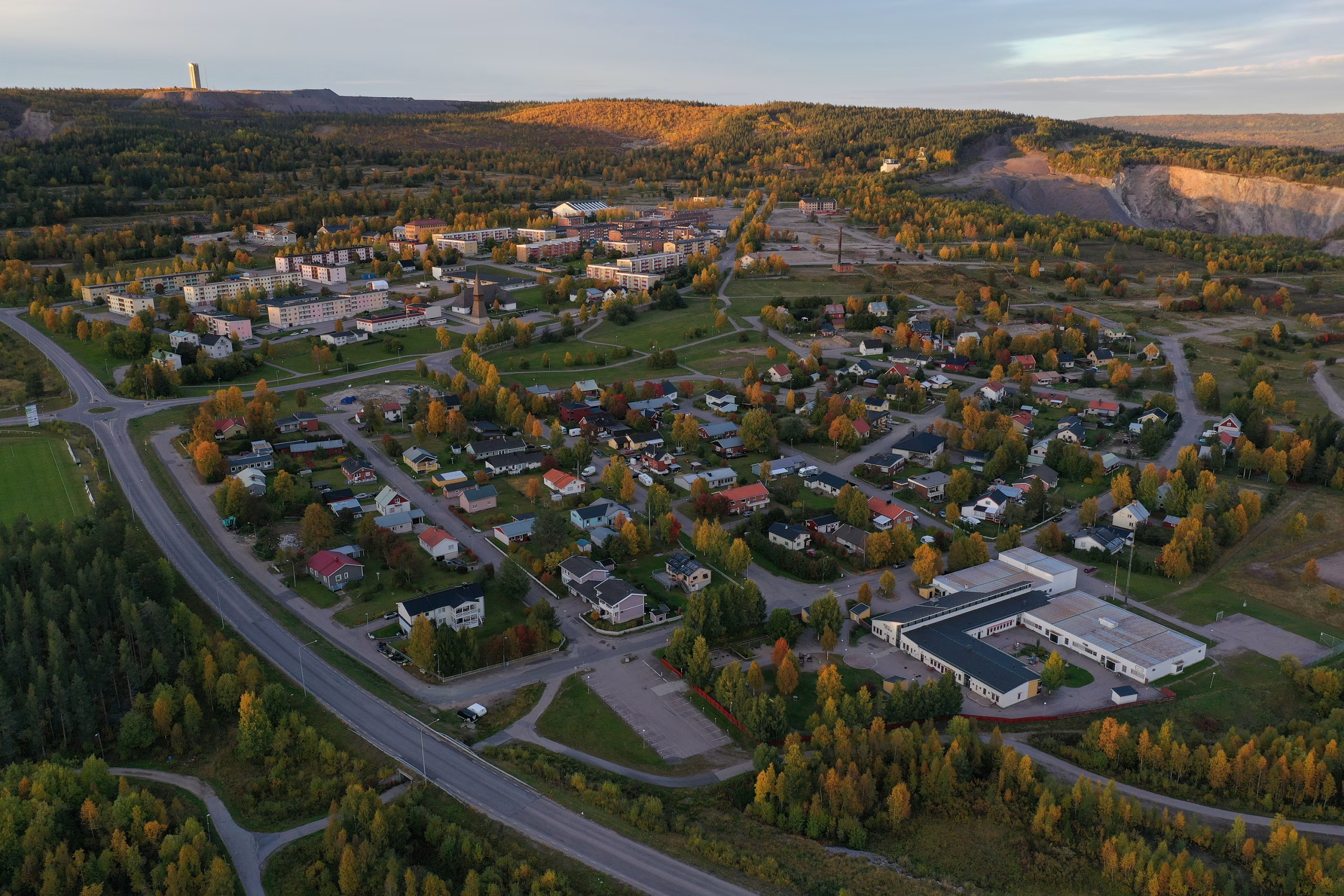
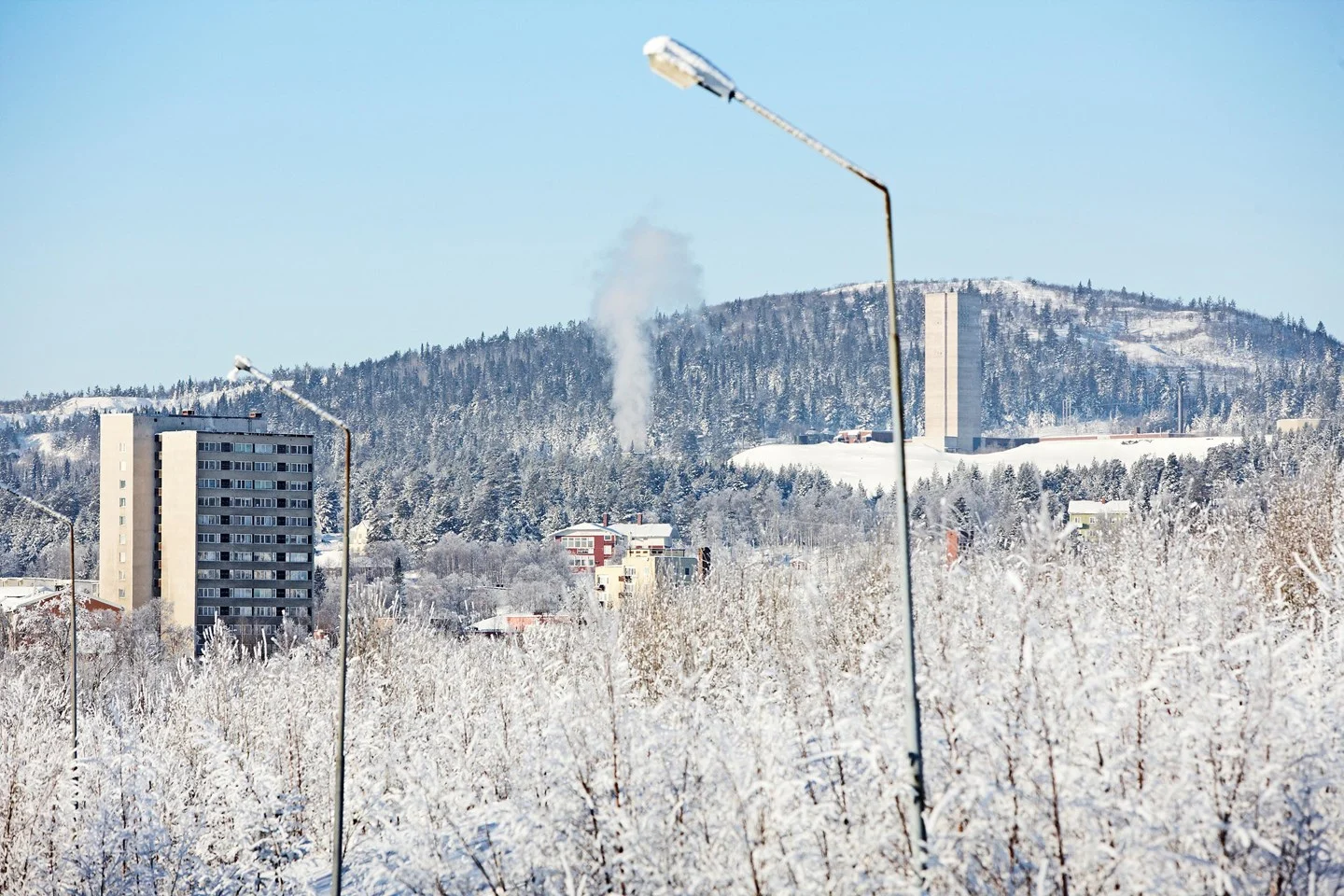
The time has come for virtually the entire town of Malmberget to be phased out. Important social functions and housing will be moved to the nearby locality of Gällivare, five kilometres south. Approximately 3,200 people will be affected and will have to move in the years to come. The urban transformation process is expect to continue up until 2032. This may seem a long period of time, but it is necessary if the work is to be completed. Major changes take place when functions are build up in new locations.
People
Homes
Housing and functional space
LKAB’s industrial area has expanded step by step and urban areas have been phased out. Gällivare’s municipal council has decided that Gällivare shall be densified and developed with housing and public facilities such as a sports centre, swimming pool, secondary school and retirement home.
Over the coming years virtually the entire town of Malmberget will have moved. The land, which will not immediately become an industrial area, will be transformed into park-like areas or “environmental zones”. These will act as a gentle transition between the closed off industrial area and the nearby urban areas.
The mining town of Malmberget was built in the late 1800s so that the miners would have homes close to their work, which is why these homes came to be built upon the ore deposits which are being mined today. The fact that the mine would affect the community was suspected way back in 1895. The mining company in control at the time warned that the iron deposits would have an impact on the town itself.
In the mid 1900s, major changes took place. Allhelgonakyrkan [the All Saints Church], which was built by LKAB as a gift to Malmberget parish, was demolished and rebuilt at a new site in 1974. In a few years it will be time to move the church again. Schools, the community centre, the swimming pool, shop premises and housing have had to move each time the ore is to be mined. As no mining is taking place beneath residential sites or public spaces, it will be necessary to move the settlement.
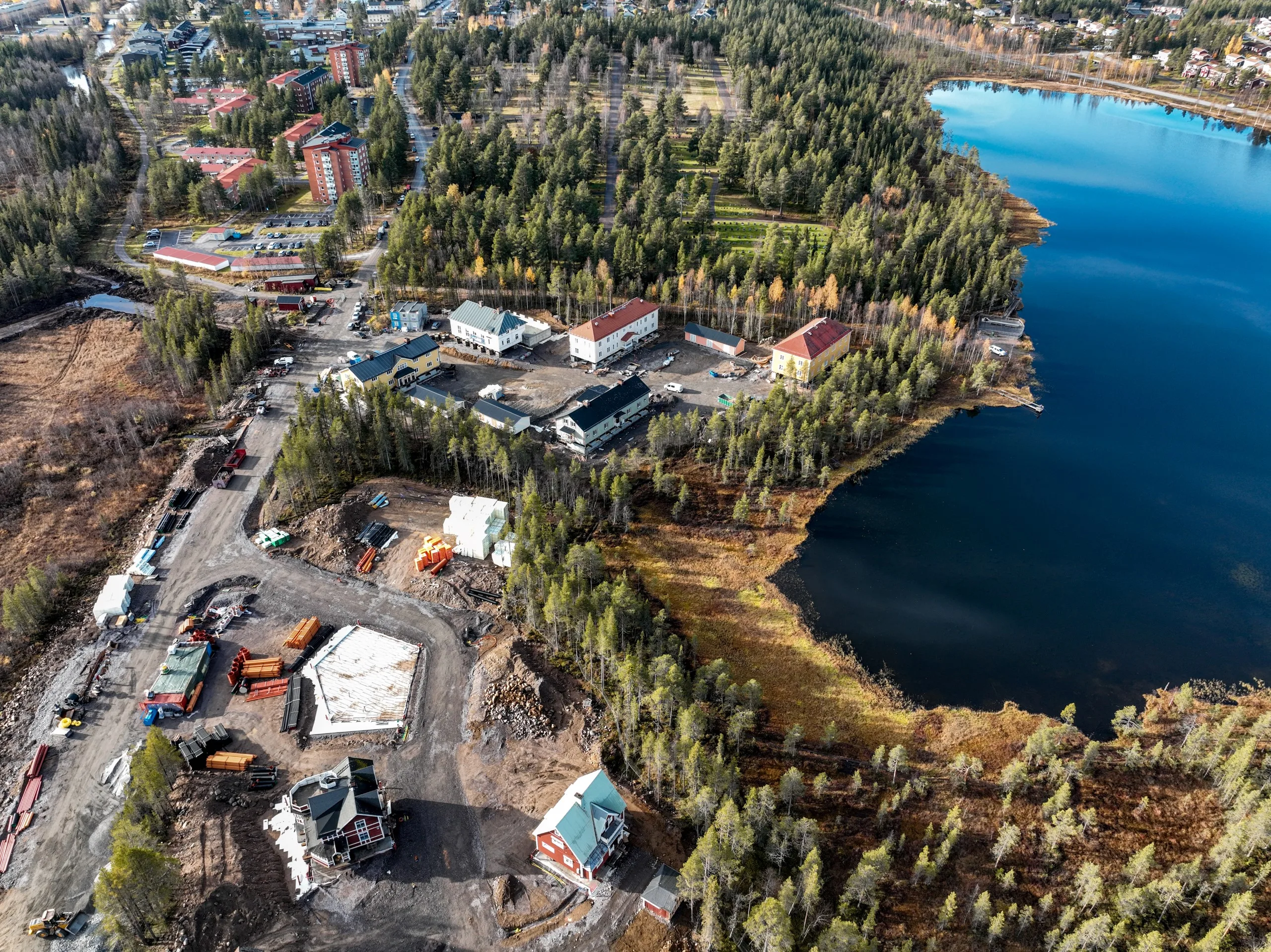
The affected urban area contains a number of heritage buildings with environments which Gällivare municipality and the County Administrative Board in Norrbotten look after. Some thirty of these older buildings are to be moved to another nearby and somewhat smaller locality: Koskullskulle.
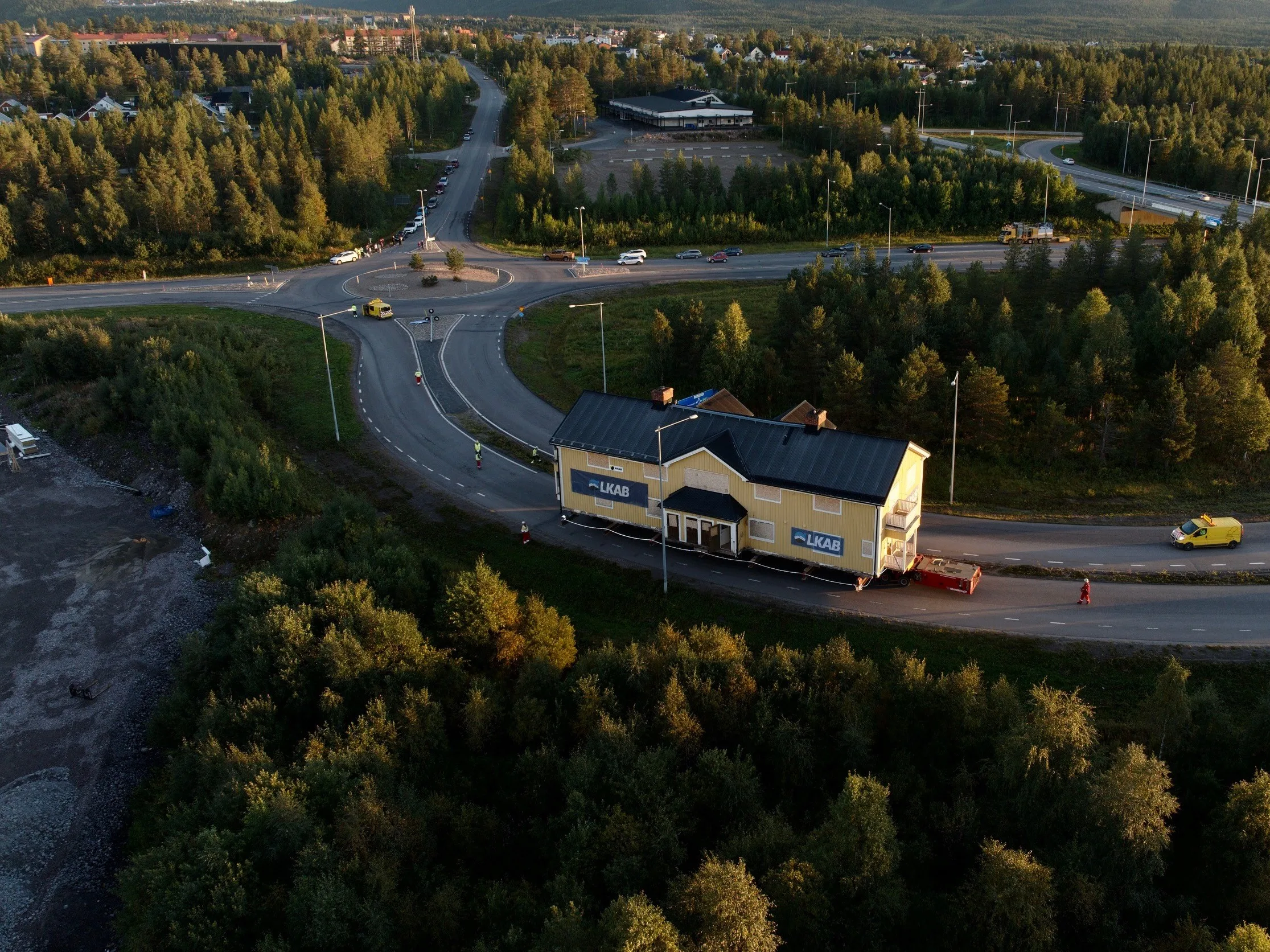
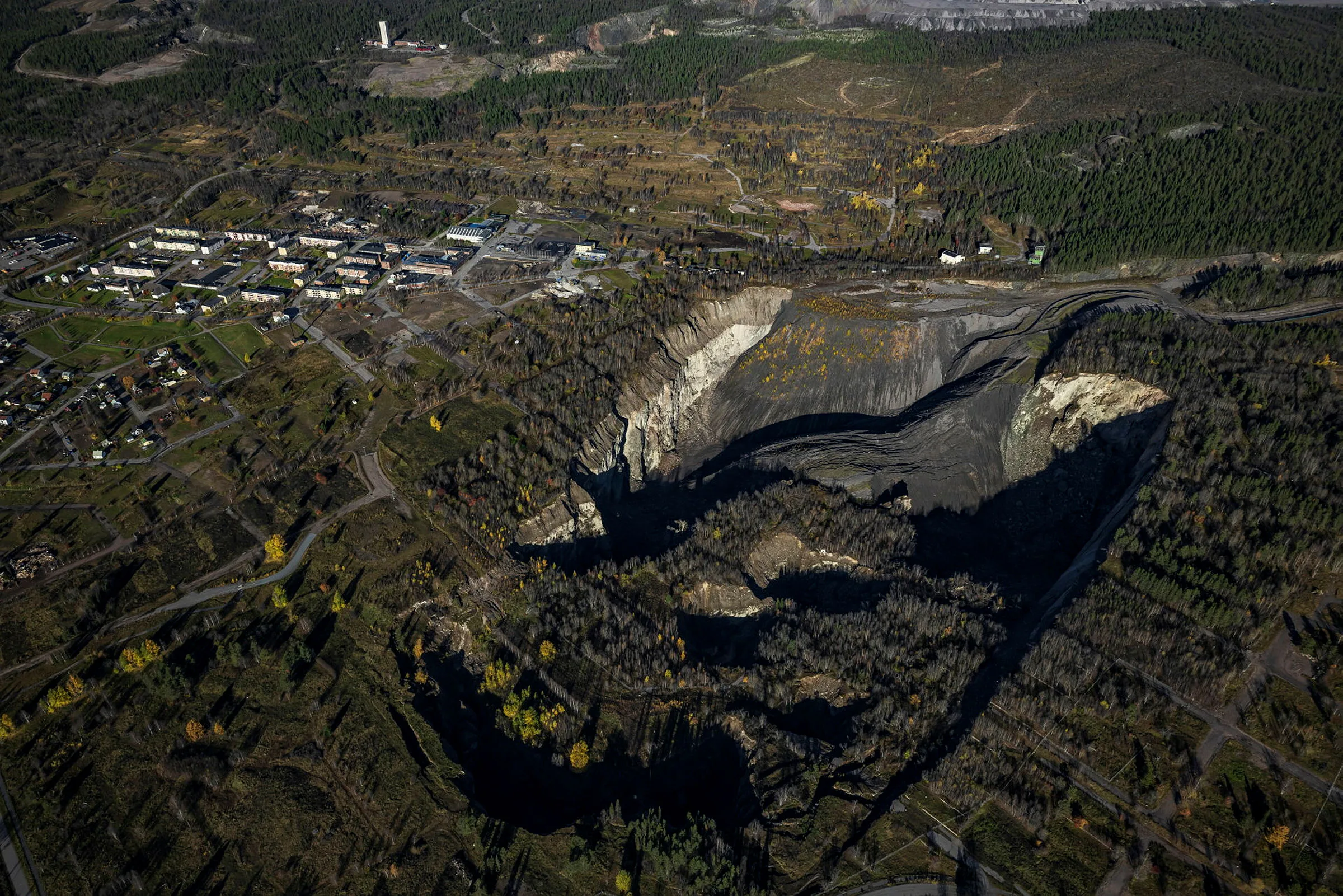
Malmberget will be phased out in several stages in accordance with a cooperation agreement which was signed in the spring of 2012 between LKAB and Gällivare municipality. The parties will come to an arrangement for the implementation of each individual stage through special agreements.